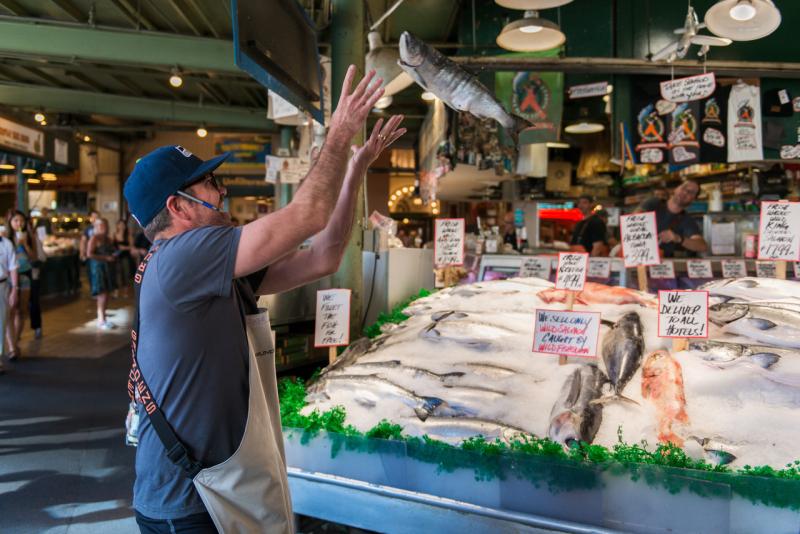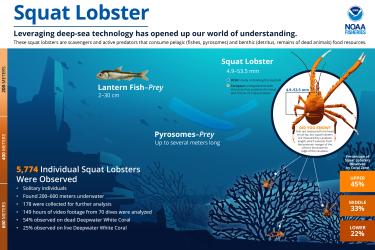Did you know that seafood is trending online? Seafood is already recommended by experts as part of a healthy diet, and recent market research shows that seafood is being mentioned more and more on social media.
![09_0.jpg]()
Alaskan halibut. Learn more about Alaskan halibut on FishWatch.gov.
Whether you're slurping oysters at a raw bar or frying up flounder, sustainable U.S. seafood makes a statement across the country serving up photo-ready dishes and healthy protein for every plate.
From dock to dish, our nation's seafood industry is big business. In 2016, U.S. commercial fishermen landed 9.6 billion pounds of seafood valued at $5.3 billion.
The U.S. seafood industry operates in a global marketplace. As both a major seafood importer and exporter, our nation works to align our domestic seafood capacity with global demand, and provide U.S. consumers with access to healthy, affordable seafood.
Managing fisheries sustainably and keeping fishermen on the job requires strong science, responsive management, and effective enforcement.
![2500x2040-fishery-monitoring-research-nefsc.jpg]()
Fishery monitoring research conducted by the Northeast Fisheries Science Center.
Our dynamic science-based management sets the United States apart as a global leader in sustainable seafood. U.S. fishermen and fish farmers operate under some of the most rigorous and transparent environmental standards in the world helping ensure that we have fish for today and every day to come.
![1280_IovXbGLcw773.jpg]()
Hawaiian net pen. Photo Credit: Blue Ocean Mariculture.
New frontiers, like developing U.S. aquaculture (fish farming), can help increase our seafood supply and support a resilient future for coastal communities.
If done responsibly, as it is done in the United States, aquaculture is increasingly recognized as one of the most environmentally sustainable ways to produce food and protein. Marine aquaculture has the potential to diversify and stabilize U.S. seafood production in the face of environmental change and economic uncertainty--part of a blue ocean economy--that benefits the environment and people.
The next time you snap a selfie with shellfish, get all the facts about U.S. seafood from FishWatch (also available on mobile devices). FishWatch is a reliable source of up-to-date information about the most common types of wild-capture and farmed fish eaten in the United States. And be sure to celebrate #SeafoodMonth with NOAA Fisheries during October.






